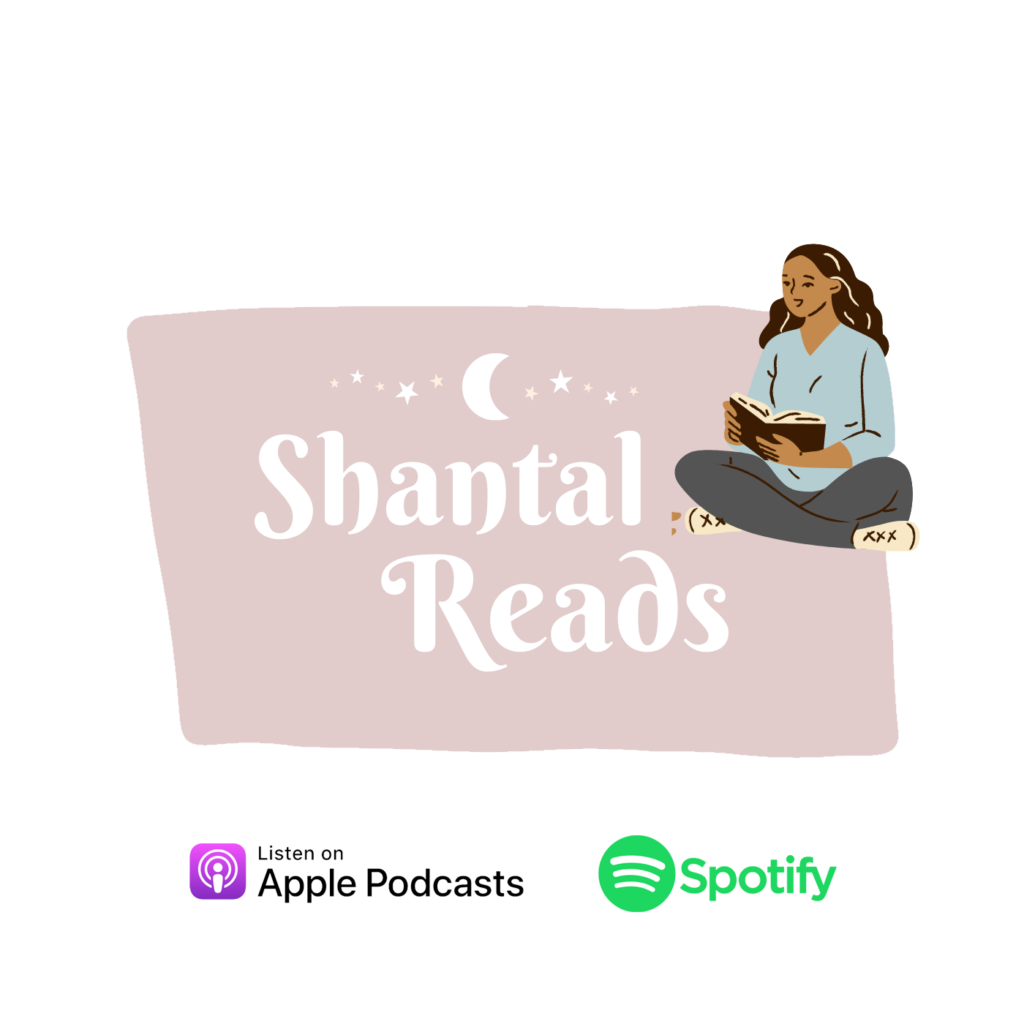
I love characters. Characters bring me comfort. They make me feel less alone in this world and allow me to express empathy. Many of my favorite characters come from television shows. Television shows are a great place to learn about character. They are longer than movies, meaning that a story unfolds at a slower pace, which allows for richer storytelling. This also means that we spend a longer time watching a character develop, making them people we can attach to and root for. Here are three character elements that you can learn from watching television shows.
Protagonists
Television shows are a great resource to learn how to write protagonists. As a show usually centers around one main character, we spent a lot of time with that character. If done right, we get to see their personality, their fears, their desires, insecurities, strengths, and flaws develop or be revealed to us across a long period of time. These traits can be expressed on screen through actions, dialogue, interactions between characters and subtext. Even the way a character looks can be a representation of their characterization. These are all great ways to flesh out our own characters so that they feel real.
Character Arcs
Watching television shows is a great way of learning how to write character arcs. Each season of a show has a specific external and internal arc, and if paced right (and a show isn’t running for too long), a character can realize their entire growth across a series. Due to the slower pace and the longer time spent with a show, a character may overcome one flaw or insecurity one season, and then a different one the next. For anyone who wishes to write books or television screenplays, you should find that TV shows are rich of examples of character growth, development and pacing.
Secondary Characters and Relationships
Every show has a cast of characters. There is the protagonist, and then there are the people in their lives. If we’re lucky, we get to learn about these characters, too. This is why watching television shows is a great way to learn how to write secondary characters and their relationships.
Take the time to observe how each character compliments or contrasts the protagonist. Take note of the kinds of relationships that flourish when the show switches and pairs different characters together. There might be friction and tension that arises, or they might be an easy alliance that is formed. This is a great way to think about how our secondary characters contrast or compliment our protagonist. Secondary characters are also reinforcements of the theme. Each of their lives represents the theme and they work in unison with the main character’s storyline.
Here are list of TV shows available on Netflix that are great for learning how to write characters
Anne With an E (2017-2019)
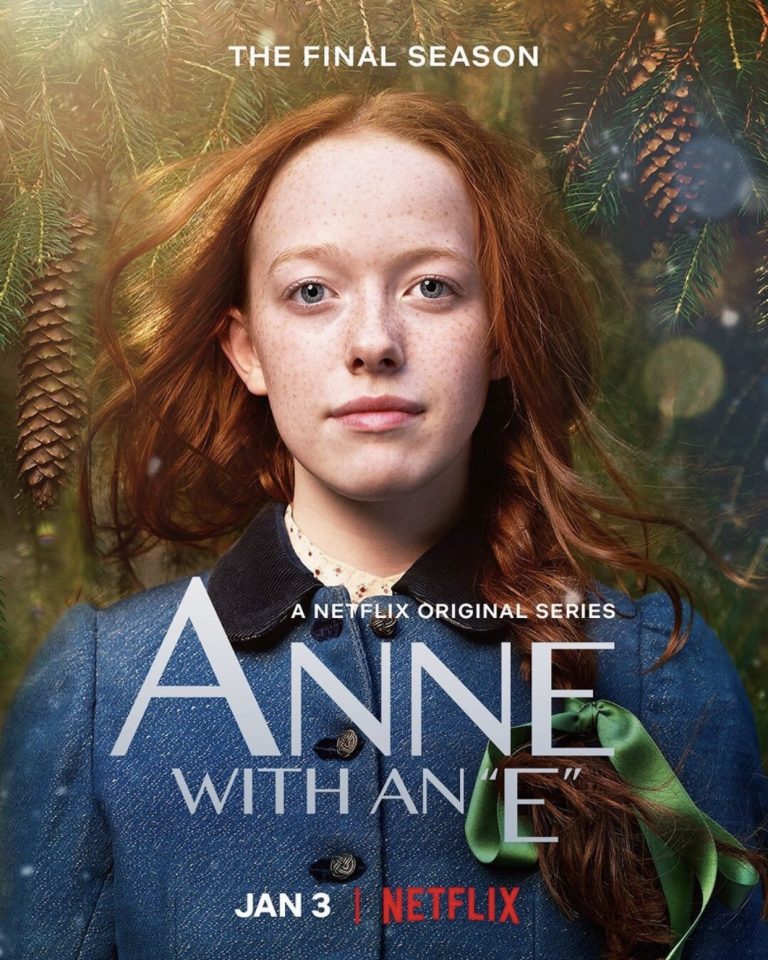
A young orphan gets the opportunity to live with two elderly siblings on their farm: Green Gables. Anne is very different; from her fiery red hair, her chattiness, to her wild imagination and her great curiosity. Anne struggles to fit in, but meets many people who show her the meaning of love, life and growing up. Anne and her friends are a great example of unique and relatable characters. I would dare say that Anne Shirley is one of my favorite characters of all time. But you’ll have to make that judgment yourself, so, watch the show!
Sex Education (2019-)

A teenage boy whose mother is a sex therapist, teams up with his classmate to offer sex advice to his fellow classmates. This show is a great examples of an ensemble cast. Sex Education gives equal attention to every one of its characters by giving each one of them their own storylines that deal with the difficulties of adolescence, identity and sexuality. There are also great examples of friendships, familial relationships and romantic relationships to learn from.
You (2018-)

I wrote about You last month. This series is a thriller that follows Joe, an obsessive hopeless romantic who will stop at nothing to be with the person he loves, even if it means killing one or two people along the way. The psychology of Joe is an interesting thing to behold. For any writer, learning about what makes someone who they are (their histories and their traumas) is an excellent way to learn how to develop characters. You is a great example of that.
Lost in Space (2018-)
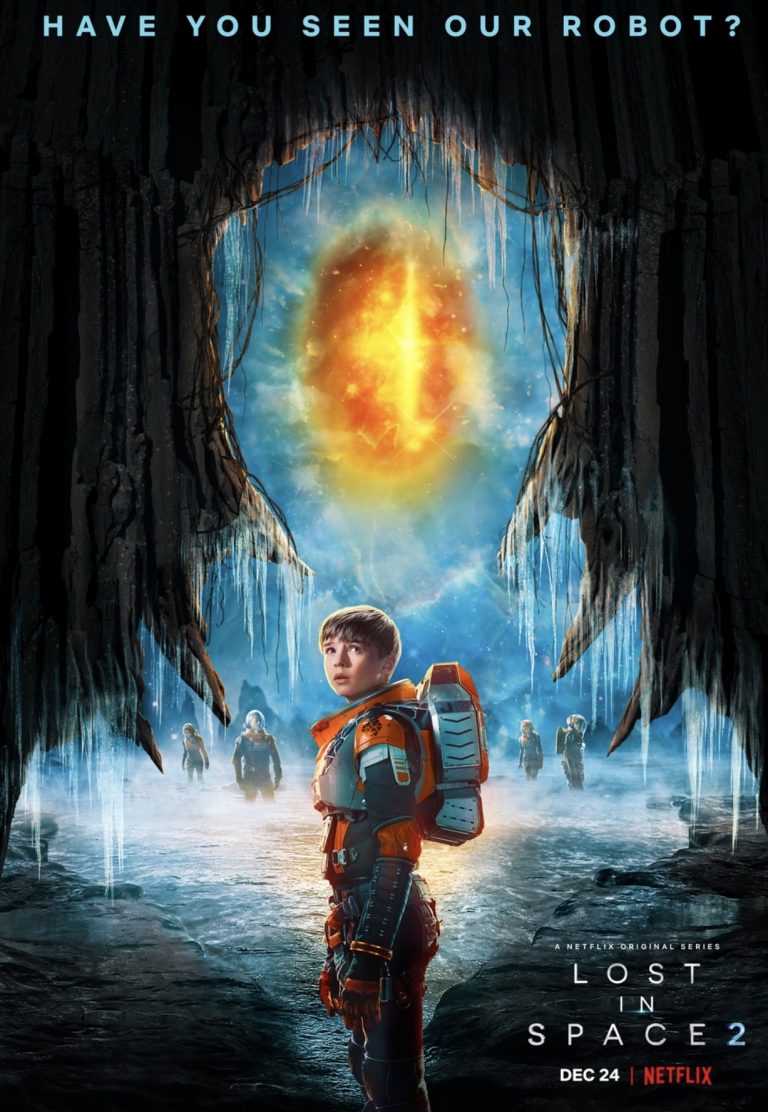
This space family drama is a modern adaptation of the 60s classic, Lost in Space. This follows the Robinsons as they navigate the perils of space travel. This is a great example of family relationships and how they are exacerbated by their extraordinary circumstances.
On My Block (2018-)
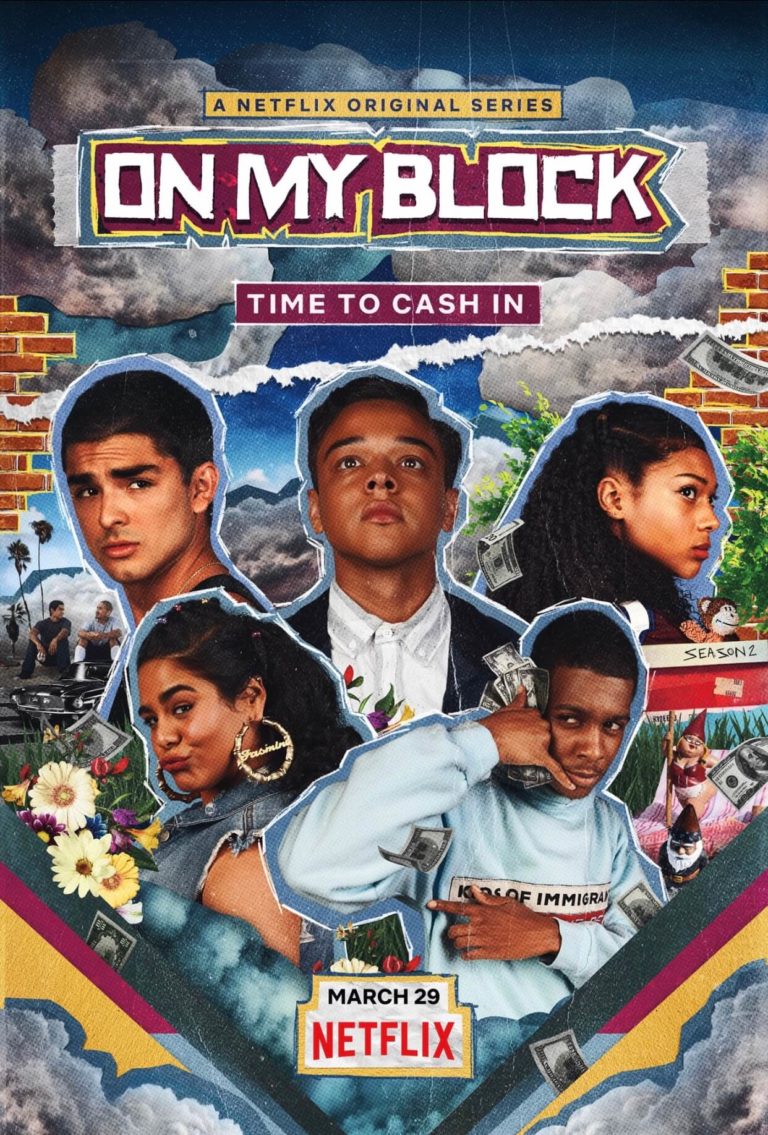
This coming-of-age dramedy follows a group of teenagers as they navigate high school in a neighborhood riddled with gang violence. This show is a good example of an ensemble cast and relationships. Each character has a unique personality, their own desires, flaws and strengths and they each represent an element of the shows theme.
Chewing Gum (2015-2017)
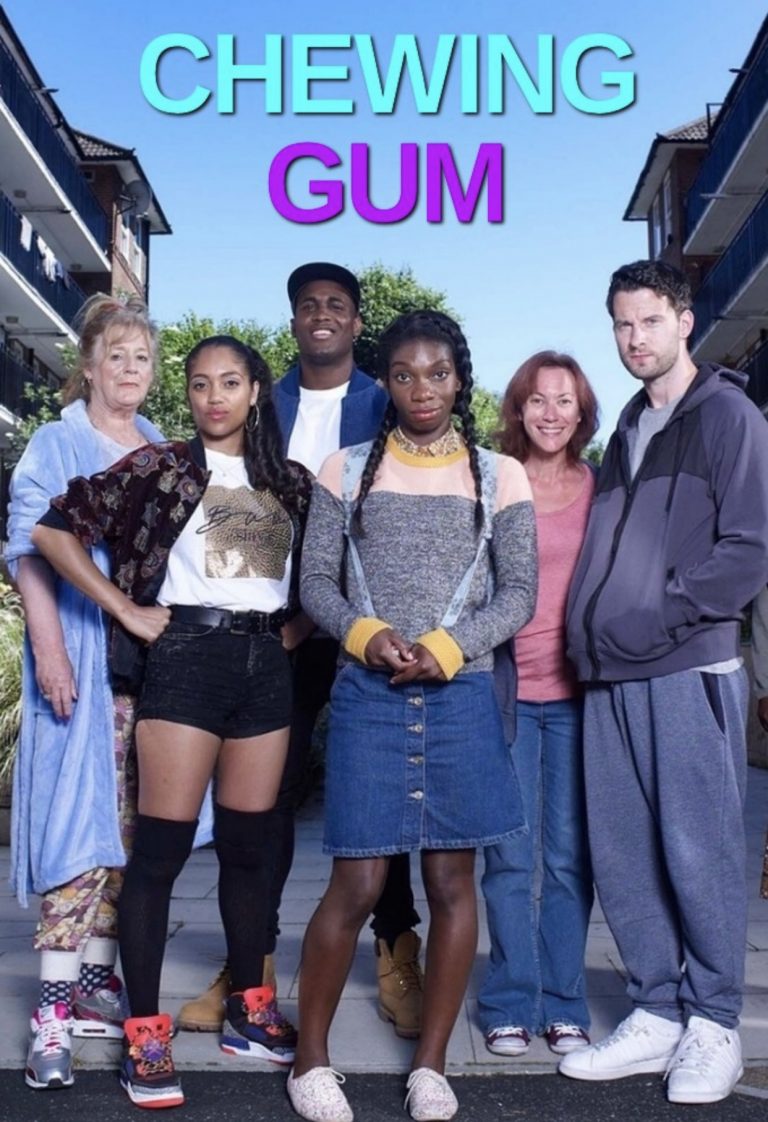
This comedy follows Tracey (Micaela Cole). An inexperienced 24-four-year-old who is on a quest to lose her virginity. Tracy is of west African decent and lives with her very religious mother and sister. Things get messy when Tracy begins to experiment with her sexuality and the recklessness of growing up. Tracey is a great character to learn from. Even though she’s a bit eccentric, this is what makes her unique. We watch how each situation and conflict is crafted just for her and how her decisions to resolve these conflicts dictates the story that unfolds.
In Summary
If you want to learn more about writing characters, I definitely recommend you study how characters are written and how they are portrayed in your favorite tv shows, or in the list above.
Do you love creating characters? Who are some of your favorite TV characters? How do you use television characters for your writing? Tell me about in the comments below.

Hi! Shantal here. I’m a writer and a storyteller. I created Shantal Writes to share my experiences with writing fiction. I also provide new writers with tips, tools, and writing advice. I hope you find something helpful while you’re here!
More On Shantal Writes

